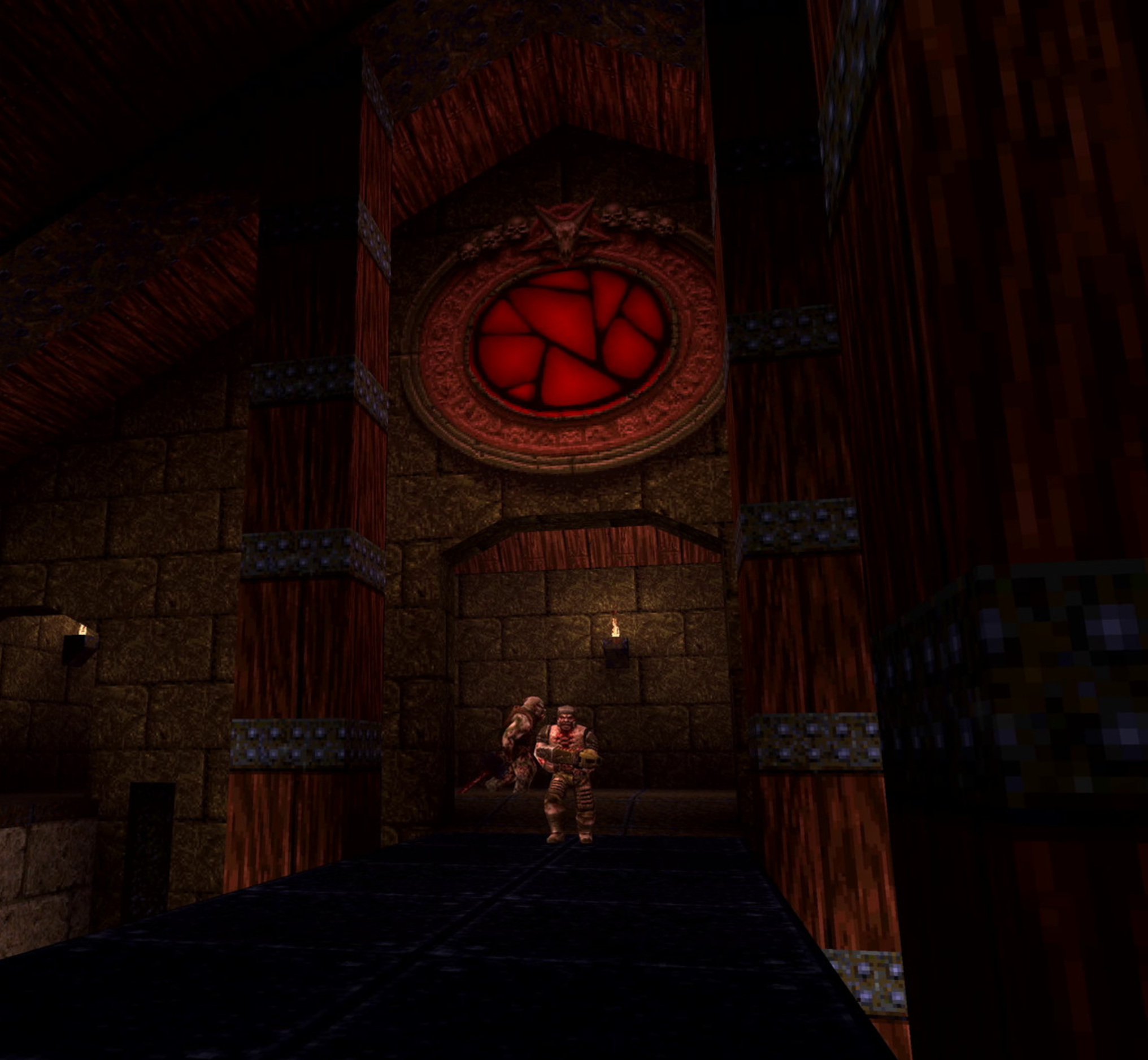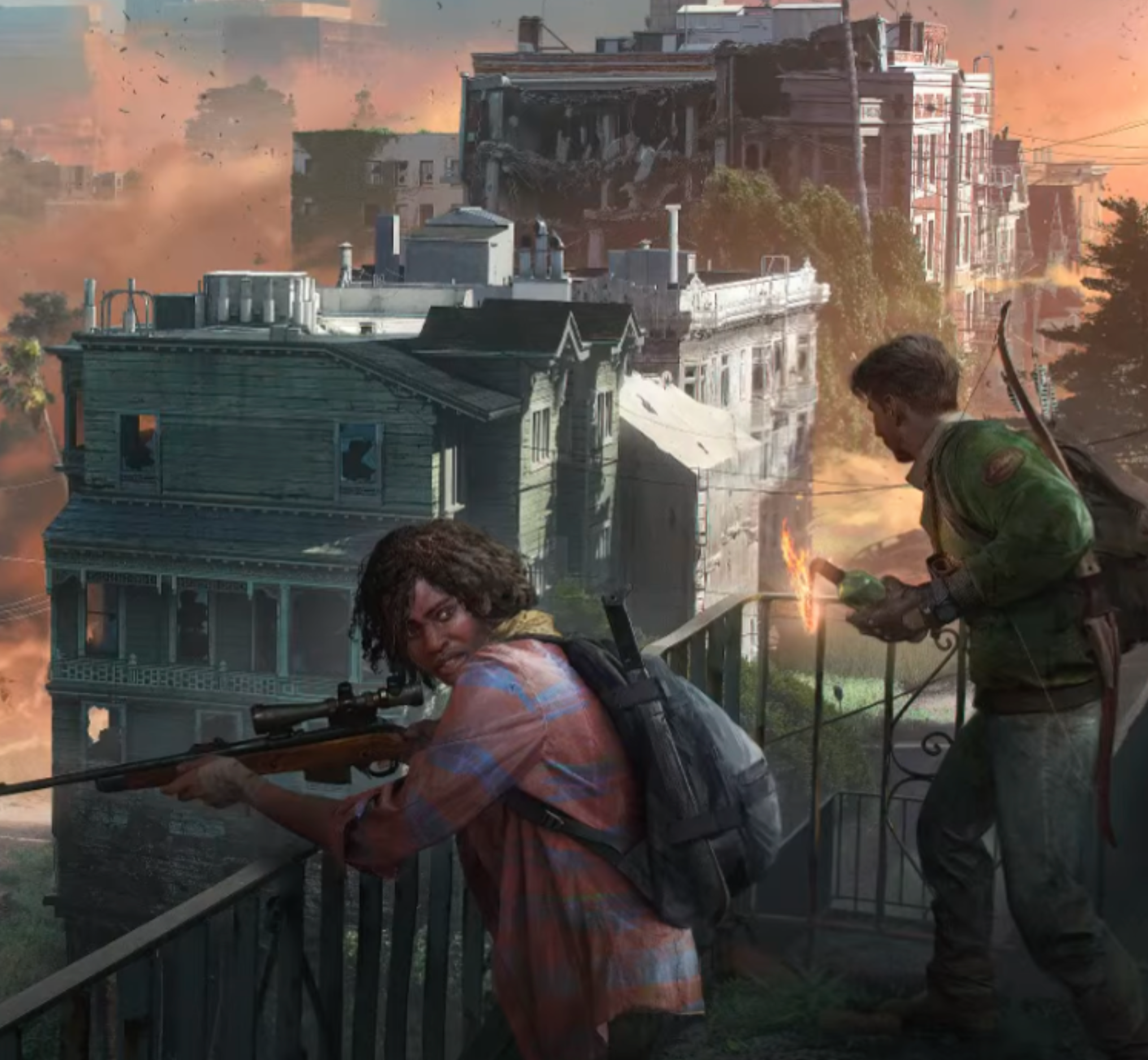The World Video Game Hall of Fame has officially welcomed four iconic titles into its prestigious ranks: Quake, GoldenEye 007, Defender, and Tamagotchi. Each of these games, though vastly different in genre and design, has left a lasting mark on both the industry and popular culture, shaping the way millions of players engage with digital entertainment.
Since its establishment, the Hall of Fame has sought to recognize games that not only achieved commercial success but also influenced the medium in profound ways. This year’s inductees highlight innovation across several decades, from the arcade boom of the 1980s to the handheld craze of the late 1990s, and the dawn of modern multiplayer shooters.
Quake, released by id Software in 1996, is widely regarded as one of the most groundbreaking first-person shooters in history. Building on the studio’s legacy with Doom, it introduced full 3D graphics, advanced online multiplayer, and a dark, atmospheric world that blended gothic horror with science fiction. Its competitive scene laid the groundwork for modern esports, inspiring professional tournaments and a dedicated modding community that continues to thrive today. Without Quake, the path for titles like Counter-Strike, Halo, and Overwatch might have looked very different.
Meanwhile, GoldenEye 007 for the Nintendo 64 brought cinematic action to living rooms in 1997. Rare’s adaptation of the James Bond film wasn’t just another licensed title—it redefined what a console shooter could be. Its single-player campaign combined stealth and strategy with fast-paced action, while its split-screen multiplayer mode became the stuff of legend. Countless late nights were spent huddled around a TV with friends, arguing over which maps and weapons to use. To this day, the game is celebrated for paving the way for console FPS design, blending accessibility with depth in ways that continue to resonate.
Going back further, Defender emerged in 1981 as one of the most technically demanding arcade games of its era. Williams Electronics crafted a fast, side-scrolling shooter where players defended astronauts from alien abduction. Its intense difficulty and advanced control scheme challenged gamers, while its popularity helped cement arcades as a cultural hub during the golden age of coin-op machines. The title’s influence can still be seen in countless shoot ’em ups and action games that followed.
On a very different note, Tamagotchi revolutionized handheld play when it launched in the mid-1990s. Bandai’s digital pet craze became a global phenomenon, selling millions of units and sparking a wave of virtual companion devices. The small, egg-shaped toy required players to feed, train, and care for a pixelated creature, blending play with responsibility. For many, it was their first experience with digital interactivity on such a personal level. Its success showed that games didn’t have to rely on traditional controllers or combat to capture hearts, opening new doors for casual gaming and interactive design.
Together, these four inductees showcase the breadth of gaming history: technical breakthroughs, social experiences, cultural crazes, and timeless challenges. By honoring Quake, GoldenEye 007, Defender, and Tamagotchi, the Hall of Fame underscores how diverse paths of creativity have built the industry we know today.



